Stud/joist finder that works?
rogerv_gw
16 years ago
Featured Answer
Comments (13)
rogerv_gw
16 years agocumpaniciu
16 years agoRelated Professionals
Holden Kitchen & Bathroom Remodelers · Creve Coeur Kitchen & Bathroom Remodelers · West Palm Beach Kitchen & Bathroom Remodelers · New Bern General Contractors · Bell General Contractors · Boardman General Contractors · Delhi General Contractors · Oneida General Contractors · Perrysburg General Contractors · Westminster General Contractors · Milford Painters · Redmond Painters · Fairhaven Painters · Poway Painters · Ridgeland Paintersrogerv_gw
16 years agoedsacre
16 years agokudzu9
16 years agohomebound
16 years agorogerv_gw
16 years agoSophistic_Verizon_net
13 years agosdello
13 years agohomebound
13 years agonugardnrinnc
13 years agobrickeyee
13 years ago
Related Stories
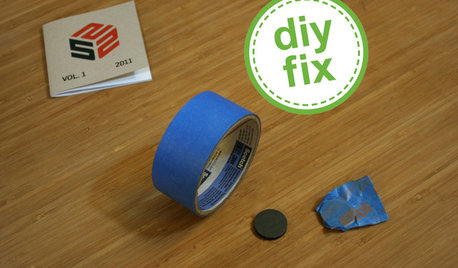
DECORATING GUIDESQuick Fix: Find Wall Studs Without an Expensive Stud Finder
See how to find hidden wall studs with this ridiculously easy trick
Full Story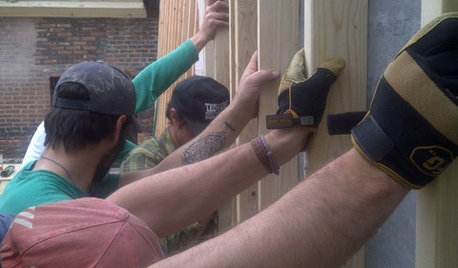
KNOW YOUR HOUSEMeet the Studs
Two-by-fours are just the kind of strong, silent type every home needs. Get to know studs — and how they lie about their size — right here
Full Story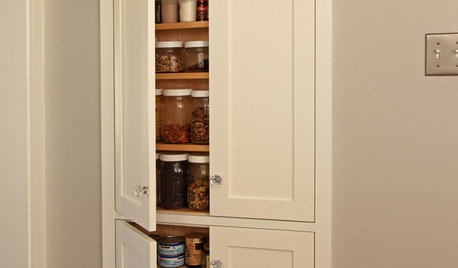
STORAGETap Into Stud Space for More Wall Storage
It’s recess time. Look to hidden wall space to build a nook that’s both practical and appealing to the eye
Full Story
WORKING WITH PROSYour Guide to a Smooth-Running Construction Project
Find out how to save time, money and your sanity when building new or remodeling
Full Story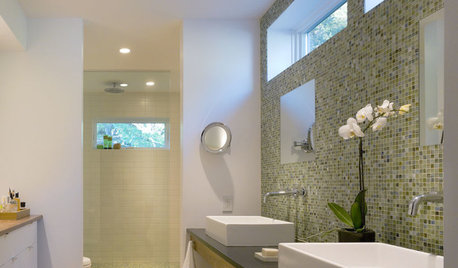
REMODELING GUIDESWhat to Know About Budgeting for Your Home Remodel
Plan early and be realistic to pull off a home construction project smoothly
Full Story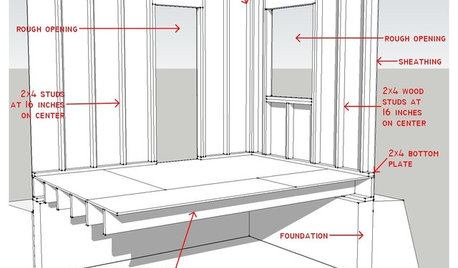
REMODELING GUIDESKnow Your House: Components of Efficient Walls
Learn about studs, rough openings and more in traditional platform-frame exterior walls
Full Story
CONTRACTOR TIPSYour Complete Guide to Building Permits
Learn about permit requirements, the submittal process, final inspection and more
Full Story
REMODELING GUIDESThe Hidden Problems in Old Houses
Before snatching up an old home, get to know what you’re in for by understanding the potential horrors that lurk below the surface
Full Story
CONTRACTOR TIPSBuilding Permits: When a Permit Is Required and When It's Not
In this article, the first in a series exploring permit processes and requirements, learn why and when you might need one
Full Story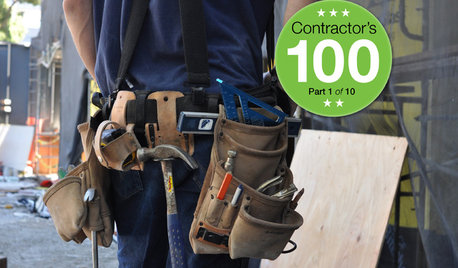
MOST POPULARContractor Tips: Top 10 Home Remodeling Don'ts
Help your home renovation go smoothly and stay on budget with this wise advice from a pro
Full StoryMore Discussions







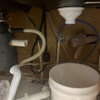
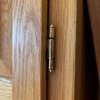
brickeyee